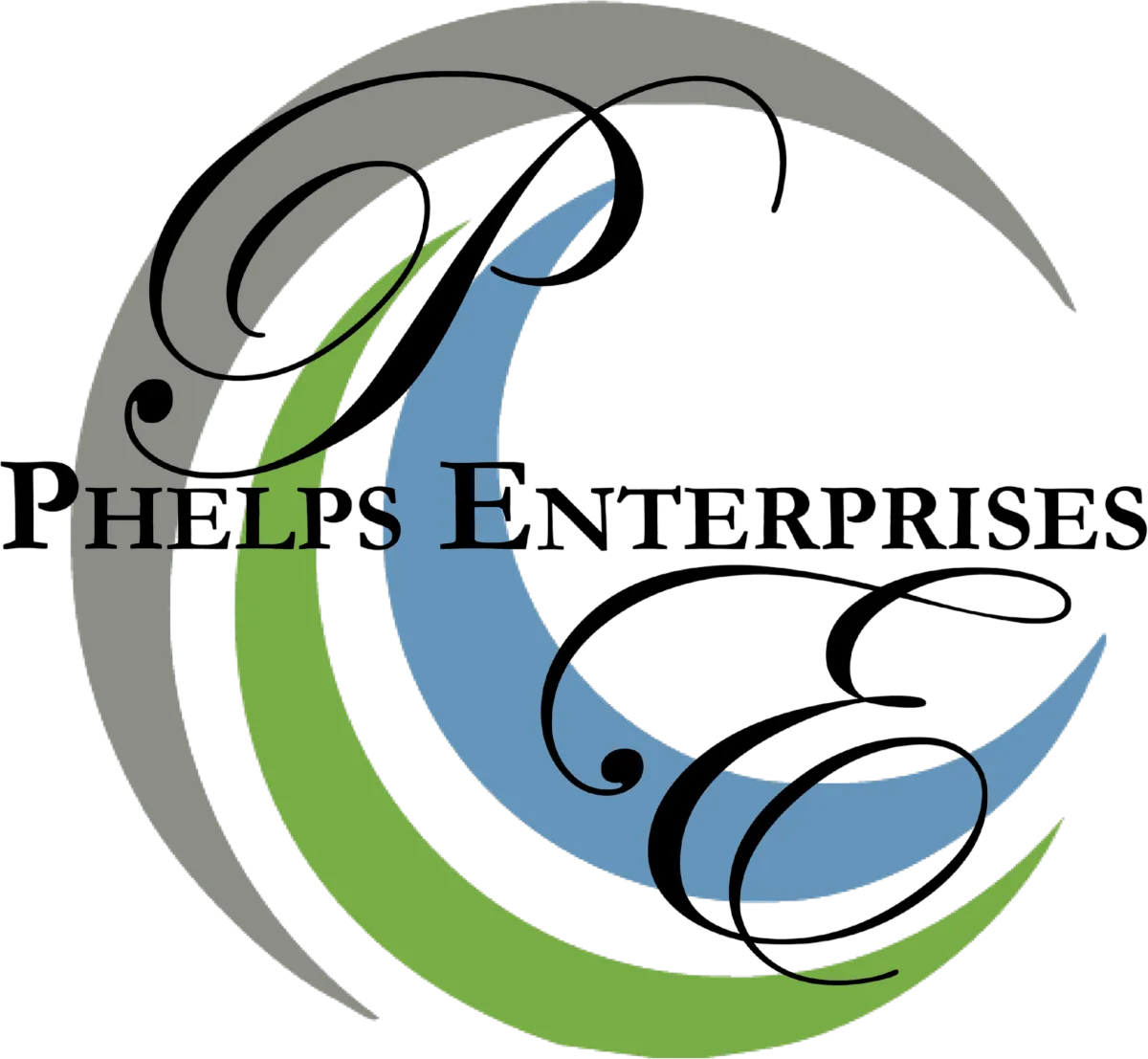See Our Latest Posts and News
Access our FREE Blog and Learning Library of content

We Tackle Job Hugging: Effects on Leaders, Teams, Business
We Tackle Job Hugging: Effects on Leaders, Teams, Business
October 2025 feels steady yet uncertain. Job openings sit near 7.2 million, off last year’s highs, and quits and layoffs have held flat. Many of us sense the shift, so we stay put, even if our roles no longer fit.
That pattern has a name. Job hugging is when people cling to a job for security, not for growth, passion, or better chances. It rises when openings cool, when the unemployment rate hovers near 4.3 percent, and when the risks of a move feel bigger than the rewards. It is rational in a choppy market, but it carries a cost.
For leaders, job hugging can hide burnout, stall succession, and slow decisions. For teams, it can sap energy, block fresh ideas, and widen skill gaps. For businesses, it can mask low productivity, inflate labor costs, and dull execution.
We will unpack how job hugging shows up day to day, what it signals about culture, and how it drags on performance. We will also share clear steps to spot it early, cut the risk, and turn quiet caution into clear commitment. Expect simple tools, signs to watch, and moves that work in this market.
We will cover quick wins for managers, like role clarity and runway planning, plus system fixes, like transparent internal mobility and fair pay bands. We will look at team practices that bring energy back, and metrics that show progress without confusion. We will keep the focus on actions you can apply this quarter.
If you lead people, run a team, or steer a budget, this topic matters. The goal is not to push churn. It is to trade fear-based staying for informed staying, where people choose the role and the company with eyes open. Let’s get practical and keep both stability and growth in view.
What Job Hugging Means for Leaders
Job hugging changes how we lead. With more people choosing security, we see steadier headcount, slower movement, and quieter teams. Recent reports show most workers plan to stay through 2025, yet up to 38 percent could still leave. Voluntary turnover sits near 13.5 percent on average. That mix rewards good management and exposes weak spots fast.
We need to use the stability to plan better, while also spotting hidden drift in skills and morale. The goal is not churn. It is to turn staying into growth, not stagnation. When people stay, we gain time and clarity. Stable teams help us set goals, forecast capacity, and stick to priorities. Hiring cycles shrink, which cuts costs and frees focus.
Fewer exits, lower spend: Less recruiting, onboarding, and backfill work reduces direct costs and manager time.
Stronger trust: When people feel safe, they share more and coach each other. Loyalty grows when we honor flexibility, fair pay, and growth paths.
Better planning: Stable rosters improve resource plans, sprint commitments, and customer coverage.
More time for strategy: Instead of constant hiring, we can fix processes, refine roadmaps, and build internal mobility.
Today’s trend line favors retention. Workers value hybrid options, wellness support, and clear development. If we meet those needs, staying becomes a choice, not a stall.
Practical moves:
Run quarterly stay interviews to learn what keeps people here.
Publish skill-building menus and internal gigs with simple sign-ups.
Share a clear two-quarter plan, so teams know where we are going.
Stability can mask low energy. Some employees stay but disconnect. That hurts execution and culture.
Disengagement risk: Quiet detachment drops quality and slows decisions. It spreads if left unchecked.
Missed fresh talent: Low turnover can narrow ideas and stall innovation. We may pass on rising skills.
Growing skill gaps: Tech shifts fast. If growth stalls, future readiness suffers and succession weakens.
How we address it:
Spot early signals: Use stay interviews, skip-levels, and pulse checks. Track output trends and learning activity, not just attendance.
Keep growth alive: Offer role-based training paths, peer coaching, and project rotations. Tie learning to next-step roles.
Renew the mix: Balance internal moves with targeted external hires. Add contract experts for new capabilities.
Make flexibility real: Keep hybrid norms clear. Protect focused work time. Align on outcomes, not face time.
We can keep the gains of low turnover and guard against drift. The work is simple and steady. Listen, develop, and refresh the team on a predictable rhythm.
How Job Hugging Shapes Team Dynamics
Job hugging changes how teams run, talk, and solve problems. When people stay, we gain rhythm and memory. When energy dips, we risk stale ideas and slower work. The goal is to keep the strength of tenure while feeding curiosity and drive.
Steady members act like anchors. They hold context, protect standards, and teach the unwritten rules. That mix builds trust, speeds handoffs, and makes us durable when pressure hits.
Shared knowledge: Tenured peers carry playbooks, customer history, and tacit tactics.
Smoother workflows: Shortcuts emerge from common language and long-term pairings.
Faster problem solving: Teams pull from past wins and avoid repeat mistakes.
Higher output in tough times: Stability keeps focus when demand spikes.
Example: A support squad with three long-time reps absorbs a holiday surge without overtime. They use known triage queues, reuse saved replies, and coach newer agents in real time. Quality holds, escalations drop, and customers feel the difference.
Practical moves:
Pair veterans with new hires on live work, not just shadowing.
Map critical knowledge in shared docs, then review monthly.
Celebrate process fidelity, not just heroics.
Stability can slide into a stall. We see burnout from repeat work, fewer fresh views, and a drop in drive. Projects slow, bugs linger, and energy fades in meetings.
Example: A product trio ships the same UI patterns quarter after quarter. Reviews get polite, ideas feel recycled, and usage plateaus. When we add a rotating customer council and a new analyst, the backlog shifts and momentum returns.
Steps to refresh without forcing churn:
Rotate small roles, like demo owner or incident lead, each sprint.
Run short internal gigs for cross-team projects, two to four weeks.
Invite guest reviewers from sales or support for key milestones.
Time-box experiments, one week to test a new tool or flow.
Fund micro-skills, like a course or cert tied to next quarter’s goals.
Set idea quotas in planning, then pick one low-risk bet to ship.
We keep the glue of stability, and we reintroduce spark on a steady cadence.
Business Impacts of Employees Holding On Tight
When more people stay, the business picture shifts. We cut known costs, plan with confidence, and move through choppy cycles with fewer surprises. At the same time, we face slower skill refresh and a real risk of stale thinking. The goal is to bank the savings while keeping growth alive.
Lower turnover trims heavy costs that add up fast. Recent reports put average annual turnover near 20 percent, with replacement costs reaching up to 200 percent of salary for skilled roles. When folks hold on, we avoid backfill fees, recruiter spend, and drag from long vacancies.
We also get steadier operations in volatile markets. Teams keep context, quality stays high, and knowledge does not walk out the door. That steadiness helps us hold service levels and ship on time, even when demand whipsaws.
Direct savings: Fewer hires, shorter onboarding, and less training rework.
Continuity: Stable rosters protect customer relationships and process control.
Forecasting: Capacity plans improve, so we align budgets and headcount with real demand.
Pay discipline: Lower churn means fewer bidding wars. We can pace raises to performance and market moves, which supports controlled wage growth.
The net effect is lower spend and fewer shocks. We can redirect that cash to product, sales, or training that lifts output.
Security can calcify. Low movement slows idea flow and lets skills age. Innovation stalls when the same playbook runs too long. Future roles get harder to fill because the bench is thin.
Innovation drag: Fewer new voices and patterns.
Skill gaps: Tools change while the team stays put.
Succession strain: Limited stretch assignments weaken the pipeline.
What works in practice:
Upskill and reskill: Fund role-based learning paths tied to next-quarter goals. A regional bank moved tellers into digital support with 8-week sprints, which cut external hiring and sped feature adoption.
Internal mobility: Offer short gigs and rotations, two to four weeks, to refresh skills without churn. A mid-size manufacturer rotated planners through data roles to meet analytics needs during a hiring freeze.
Targeted hiring: Add a few external experts where gaps are widest, then pair them with tenured staff to transfer skills.
We keep the savings, protect stability, and stay ready for what is next.
Turning Job Hugging into a Positive Force
We can use this quieter market to strengthen culture and trust. People want clear paths, real coaching, and work that matters. When we meet those needs, staying becomes a choice tied to growth, not fear. ODW Logistics cut voluntary turnover by focusing on people leaders and coaching. Google sustains engagement with strong development paths, fair pay, and flexibility. The pattern is simple. Make work meaningful, build skills, and keep promises.
We start by turning daily work into progress that people can see and feel.
Offer growth paths: Publish role levels, skills, and sample projects. Pair each role with two learning sprints and a mentor.
Listen with intent: Run monthly stay check-ins. Ask what to start, stop, and keep. Close the loop within two weeks.
Create value in daily tasks: Tie work to outcomes. Add a small success metric to each task, like time saved or customers helped.
Make recognition routine: Thank people in the moment. Use short, specific praise, and a weekly shout-out in team notes.
Job crafting: Let teammates trade 10 percent of duties to match strengths.
Time for practice: Block two hours a week for skill work. Track wins in a shared log.
Quick tip from engagement pros: coach the manager, then the team. When leaders give clear goals, feedback, and support, energy lifts fast.
We prepare now so we can move when the market opens up.
Build a skills matrix for each team. Tag gaps by quarter.
Set internal gig rotations, two to four weeks, to grow new skills.
Create succession plans for critical roles with two ready backups.
Start a talent pipeline file. Warm three external contacts per key role.
Cross-train on core systems. Record short how-to videos and playbooks.
Pilot light automation to free time for higher-value work.
When demand shifts, we will have skills ready, options in motion, and a bench that can step up.
Job hugging gives us steady headcount in a steady market. The unemployment rate sits near 4.3 percent, job growth is slow, and caution is rational. Yet if we leave it alone, stability turns into drift. Leaders miss succession signals, teams lose spark, and the business absorbs hidden costs while skills age.
We can flip that script. For leaders, keep stay interviews, role clarity, and clear two-quarter plans. For teams, pair tenure with short rotations, shared playbooks, and small, time-boxed experiments. For the business, reinvest turnover savings into targeted hiring, internal gigs, and role-based learning paths. Stability is our base, active management turns it into lasting strength.
Let’s act this week. Audit one team for skill gaps and engagement, then set two simple moves, such as a rotation and a learning sprint. Publish a short mobility calendar, then track one metric that shows progress, like internal fills or course completions.
We started with a calm labor picture and quiet caution. We end with a path to confident staying, where people grow, teams create, and the company moves with purpose. Thank you for reading. Share what you will test first, and invite your peers to do the same.
Driving Growth, Amplifying Impact
R.A. Everist, L.G. Everist, Inc.

Brian Phelps is the kind of business leader who can turn a skeptic into a believer: he can be empathetic to both sides of any transaction, from major contracts to the smallest of sales. Results are the things that matter, and Brian has consistently produced them for our company. I have always admired Brian’s work habit of arriving early and staying late. This kind of character is rare in the fabric of modern business.
Jeffrey L. Pray CPCU RPLU AFSB CIC

When I look back on my years of working with Brian, I am reminded of the adage of the tent posts that are required of a viable tent; not a pup tent mind you, but a large tent; the kind the circus’s of old had to put up, take down, travel to the next town and do it all over again. The bigger the tent, the more posts that are needed to hold it up. We are all responsible for our own tent, whether at home or at work. The analogy of those posts are Respect, Empathy, Fairness, Accountability. However, the post in the center of the tent is critical, without which the rest of the posts will see the tent fail. That post is Integrity. Brian Phelps made sure that all five posts were securely in place and secured it all with integrity. I know this because there were several occasions when our business relationship was being challenged by others and Brian responded each time with all five posts soundly in place.
Get In Touch
Email: [email protected]
Address
Office: Dell Rapids, South Dakota
Assistance Hours
Daily and By Appointment
Phone Number:
(605) 595-3422
Unleash Your Business Brilliance.
I help serious business owners and organizations generate more clients, close more sales, and increase their overall revenue and profits quickly and inexpensively


